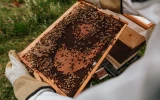How Much Is a Beehive With Bees? - Less Than You Think
Are you planning to buy a beehive with bees? Before diving into it, having a good idea of what it would cost you will be a great help, especially when you’re on a budget. If you’re an aspiring or a beginner beekeeper, you might want to keep reading and bee surprised, bee-cause a beehive with bees costs less than you think.
A beehive with bees can be purchased for $175 to $565. If you plan to buy them separately, an inexpensive beehive will cost you $100, and a set of bees for as little as $75. Beginner beekeepers can expect varying prices for different types of beehive styles, as well as for different sources of bees.
It’s important to note that the prices depend on your location and source. Giving one specific amount for a beehive with bees can be a challenge because a lot of options are available out there. What we’re going to do here is give you price ranges based on different sources.
Summary
- The standard and most common beehive that beekeepers use is the Langstroth hive.
- Buying a package of bees from your local bee club will provide you with bees that have adjusted to your local climate.
- Before getting a beehive with bees, first consider the location, proper management, and your knowledge of beekeeping.
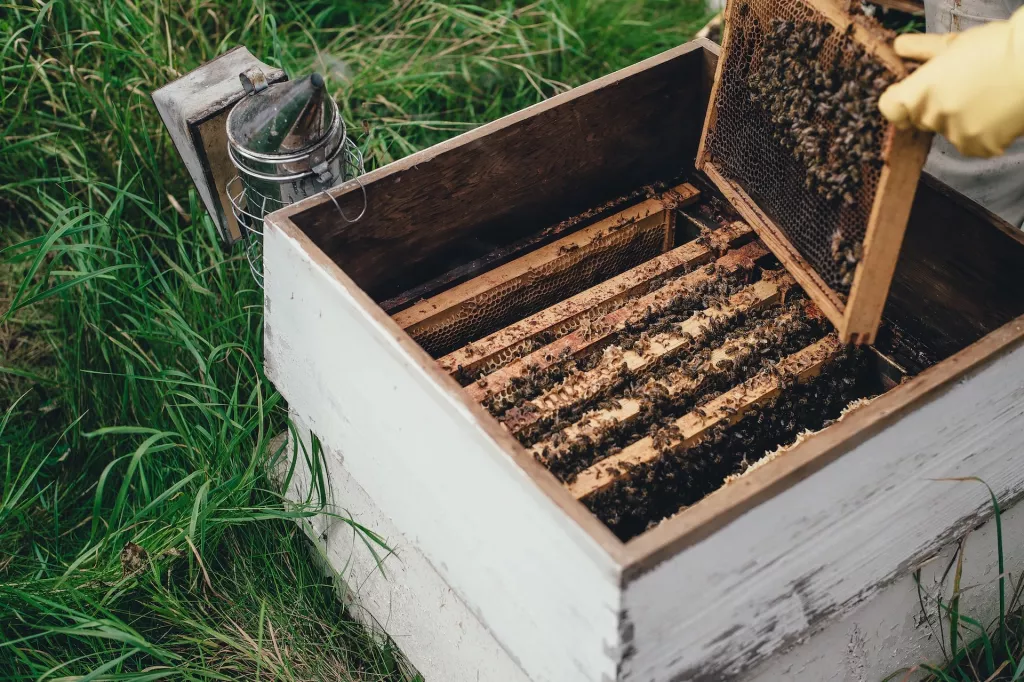
On this page:
How Much Does A Beehive Cost?
Beehive costs vary depending on your location, but we’ve gathered a few sources here, so you know how much to prepare if you’re planning to buy one. Here’s a list of price ranges:
- Assembled hive kits at Mann Lake have costs ranging from $165 – $365.
- Backyard Beekeeping from Countryside says a hive costs about $150 – $300.
- UBC from Canada says its cost ranges from $180 – $280.
- According to Almanac, a single new hive may cost about $150.
- Expensive beehives with more features will run you $700 to $800 or more.
A beehive is where your bees are going to live. Of the different styles of hives, the Langstroth is the most common. This hive setup has become the standard for beekeepers in North America. It is primarily made of plywood, pine, and cedar wood. Some frames and foundations, as well as the queen excluder, can either be wood or plastic.
Langstroth features an inner cover, an outer cover, a varying number of supers with several internal removable comb frames, a bottom board, stackable boxes, an entrance reducer, a queen excluder, and a stand.
It consists of many individual components, but you can purchase a complete kit. You can buy assembled kits for a higher price, and unassembled ones for a cheaper price. But if you want to save time, better to get an assembled set.
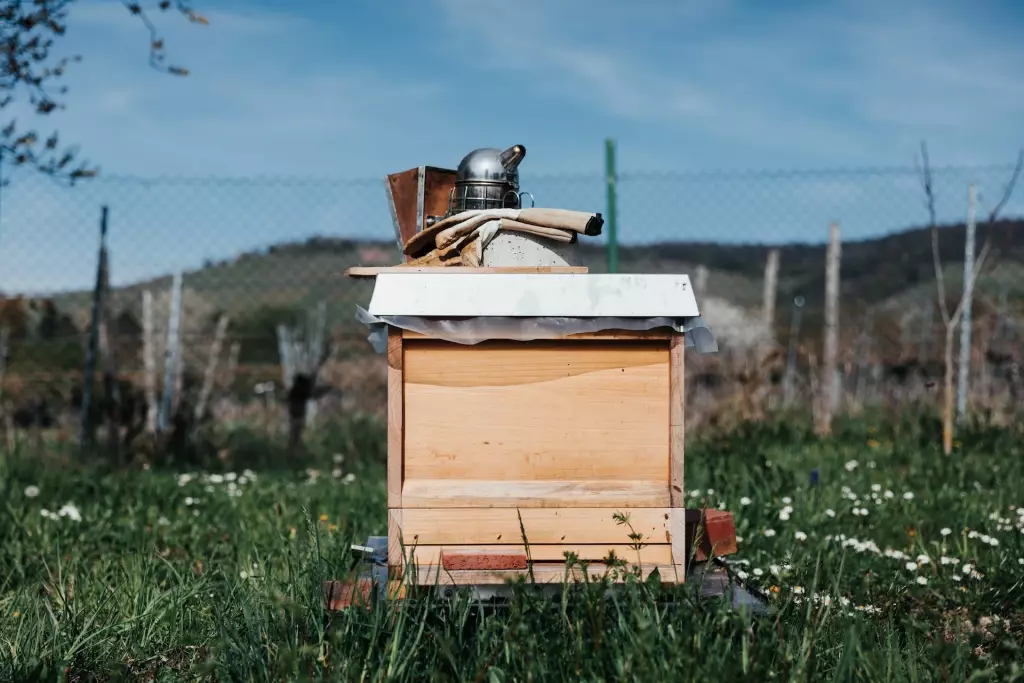
A word of caution: some beekeepers are not being checked by their local inspectors, so you should be very careful when dealing with them. You may opt to bring an experienced beekeeper with you to make sure the hives you are getting don’t cause trouble like pests, and diseases.
How Do You Get Bees For Your Hive?
Buying bees isn’t as complicated as you think. With proper planning, you’re off to a buzzing start. To begin your beekeeping journey, you would want to colonize your hive. Here are four ways to get a colony of bees for your apiary:
- buy a package of bees
- buy a nucleus colony
- catch a swarm
- split a colony
Buy packaged bees
The cost of a new package of bees may run from $75 to $175.
A package of bees typically consists of three pounds of worker bees, that’s about 10,000 individual honeybees contained in a screen box and a single inseminated queen in a cage. It also includes a can of sugar syrup to sustain the bees during their travel. Large-scale breeders create these packaged bees to sell to beekeepers and enthusiasts to populate any hive, especially in the spring, that’s around April through June.
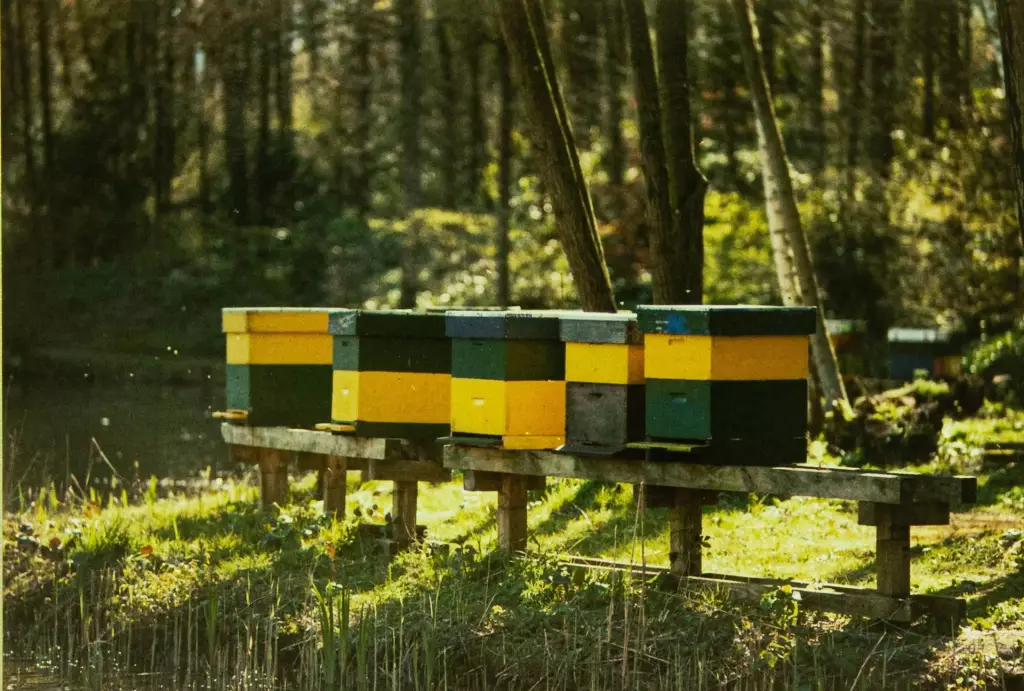
These packages sell quickly, so find and contact a local apiary or beekeeper supplier near you to reserve to ensure you will have bees for the season. Buying a package locally provides you with bees that may be better acclimated to your local climate.
As a beginner beekeeper, you can purchase bees through local pick-up from a provider, or local pick-up from a bee club. Some beekeepers recommend securing your source for bees for months before spring.
Buy a nucleus colony
Nucs are more expensive than packaged bees. The estimated cost of a nuc is from $125 – $200.
A nucleus hive or a nuc is a half-size colony. It is essentially a mini-colony with 3-5 built-out frames of bees in all stages of development, a laying queen, honey, and brood (baby bees) that are enough to maintain and expand a hive.
A nuc is a smaller hive designed to hold fewer frames that make it easier for the bees to control the temperature and humidity, which is vital for brood rearing.
Compared to packaged bees, a nuc is a bit riskier, as the honeycomb can spread pests or diseases to your hive.
Catch a swarm
A swarm is that cluster of bees you see hanging on tree limbs. It’s always free to catch a swarm of bees, but you need to learn how to catch these wild bees. Also, before catching a swarm, you have to make sure that the tree limb is not in your neighbor’s territory.
Swarming is a natural tendency of bees, and occurs from April to June. It happens when half of the original colony exits the hive due to space restrictions or due to the loss of their old queen. The swarm bees leave with a virgin queen, bringing with them some honey, and they gather on a structure near their original hive. If you catch a swarm, it’s ready to start populating in its new hive.
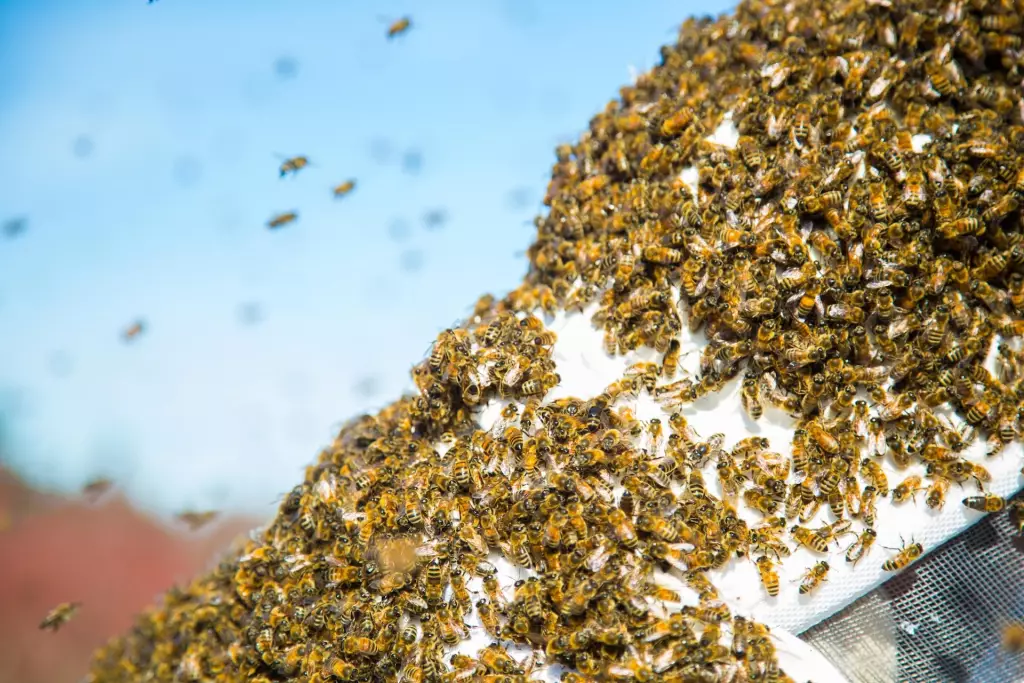
Bee Built says that they’ve had the greatest success with swarms for propagating strong genetics for local honeybee populations, since these bees are guaranteed to have survived the winter in that climate, and were a strong enough colony to split in early spring.
To catch a swarm on a tree limb, you can begin by cutting the limb while gently holding it, and gently shaking it inside a container. To catch bees on a flat surface, you can use cardboard to gently brush them into the container. You can also use puffing smoke to guide them to move toward the container.
In case you'll be needing to buy a queen bee, the cost ranges from $20 – $100.
Split a colony
Backyard Beekeeping estimates the split costs to be $150 – $350.
A split is made by splitting strong existing colonies and is done by moving several frames from an existing, thriving colony into a new hive. Some beekeepers offer to split their hives, and they can even give you a full hive with bees for a reasonable price.
You have to make sure that the old hive and the new hive each have a queen. A queenless hive can rear a new queen from young female larvae by feeding them royal jelly. Some beekeepers introduce a newly mated queen to the hive.
Things To Consider Before Getting A Hive And Bees
Location
Where will you keep the bees? The backyard is fine, but you first have to consider your local zoning ordinances, your family, neighbors, and nearby schools. Make sure everything and everyone agrees on it, or this endeavor will all just be for nothing. Also, see to it that the environment where you’re going to put your bees is suitable for their growth and survival.
Management
Are you able and willing to manage a hive? It’s important to not just assume that since you can do it, you can go ahead and buy them. You have to have the willingness to nurture them and tend to them regularly.
Pests such as varroa mites (Varroa destructor), tracheal mites (Acarapis woodi), small hive beetles (Aethina tumida) to name a few, can bring trouble and damage to your hives. So make sure you are able and willing to spend time to keep your bees healthy.
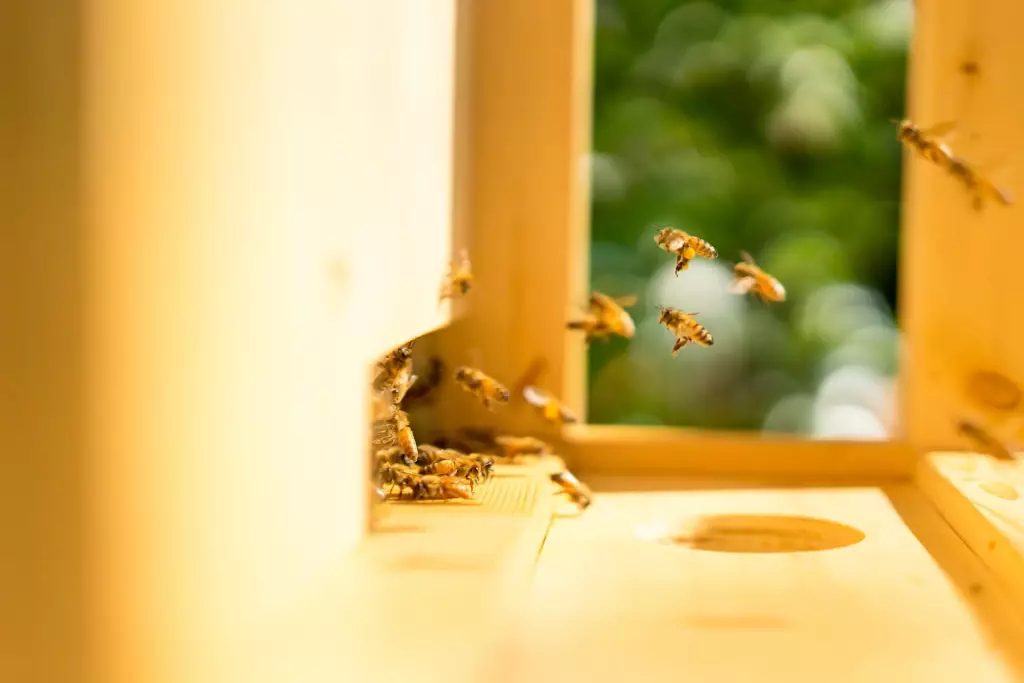
Knowledge
If you’re an aspiring beekeeper or a beginning beekeeper, you must equip yourself with proper knowledge about this whole beekeeping journey. Since beekeeping requires physical work, it needs you to be out there for your bees.
You can choose to work with an experienced or professional beekeeper, so you could see firsthand the steps and processes. Many beekeepers are happy to share their time and knowledge with you.
Financial preparedness
Proper care and maintenance of bees is much like taking care of children and pets; it's costly. If you truly care about raising a hive, be sure to not run out of money for extra and unexpected expenses.
